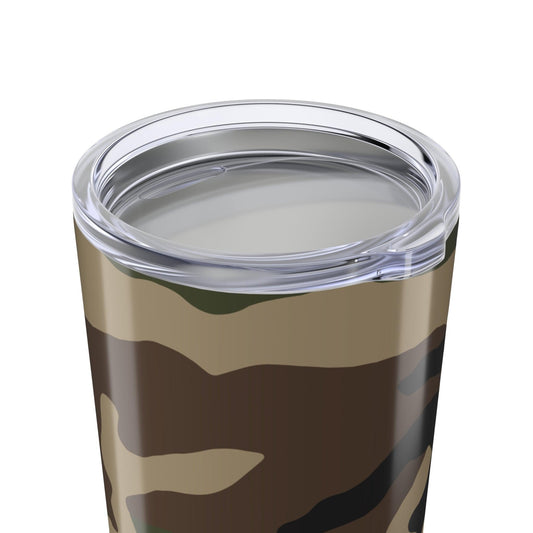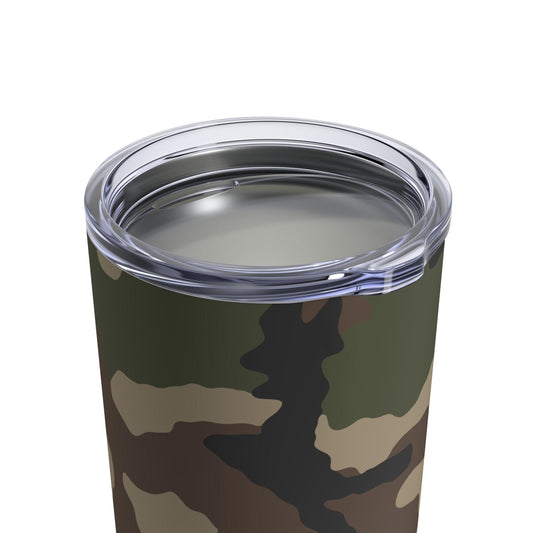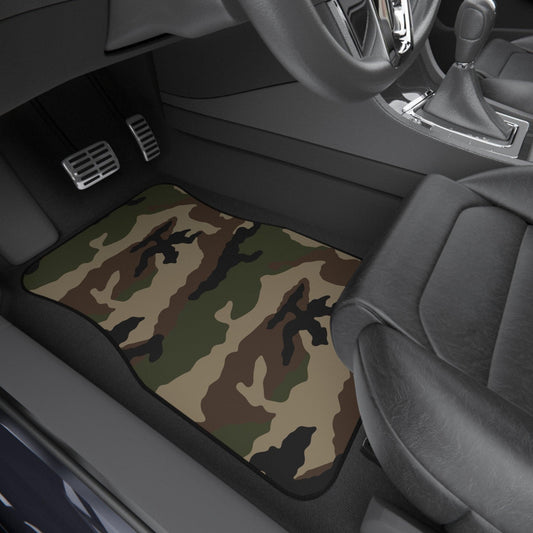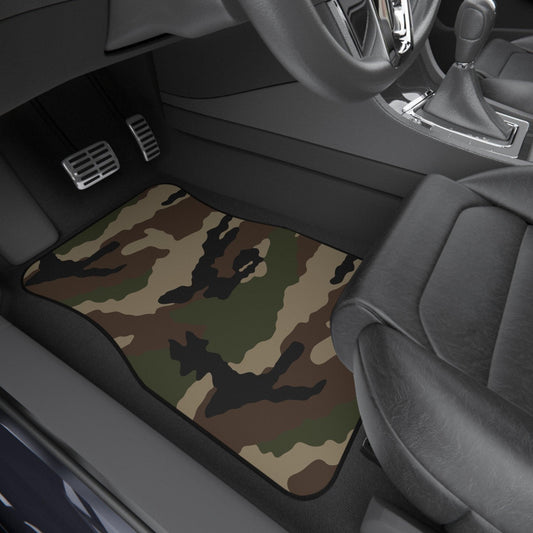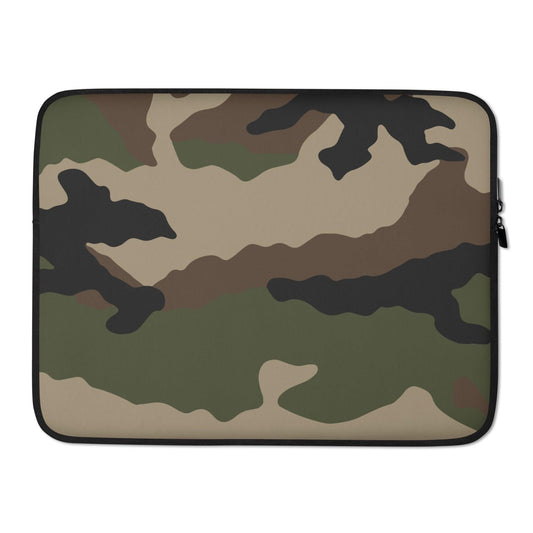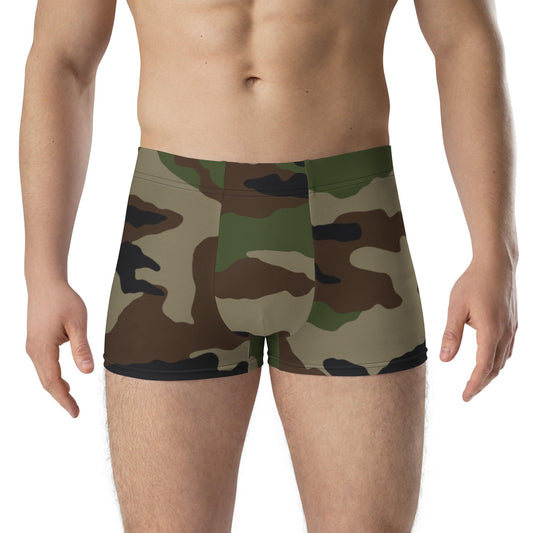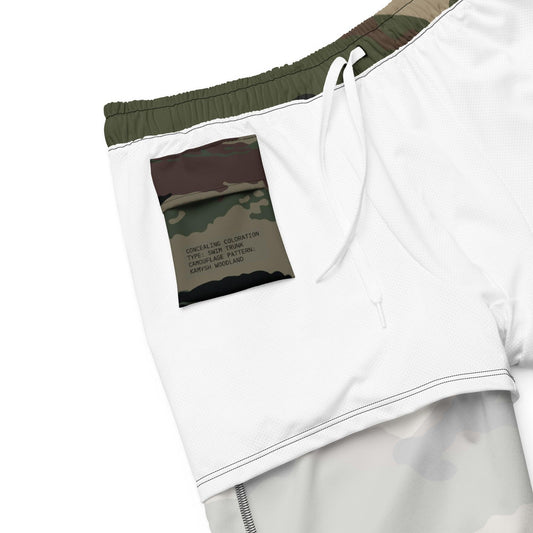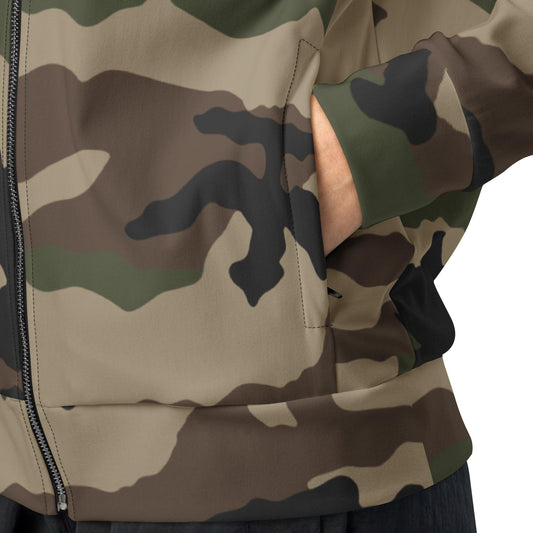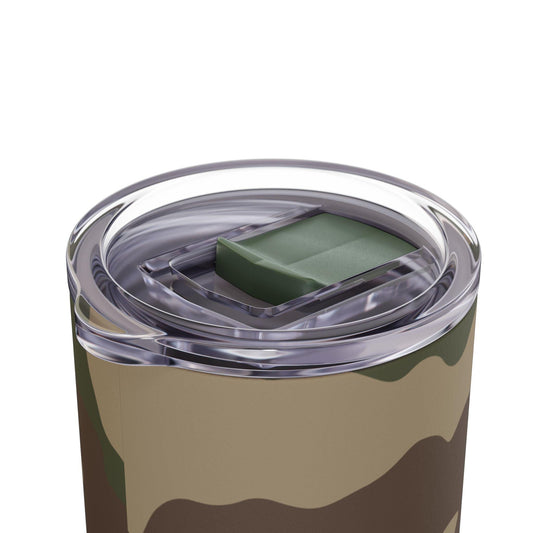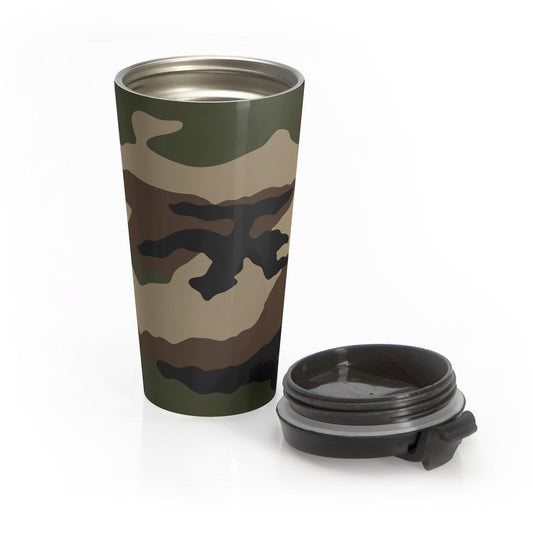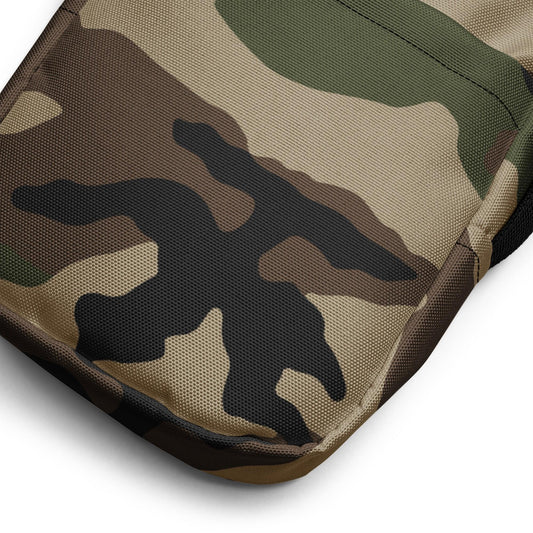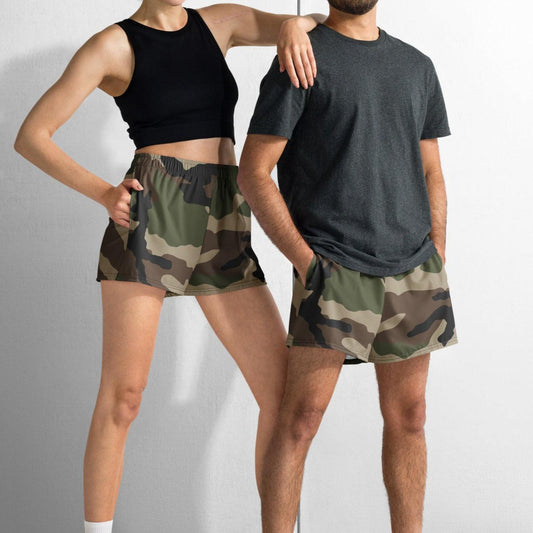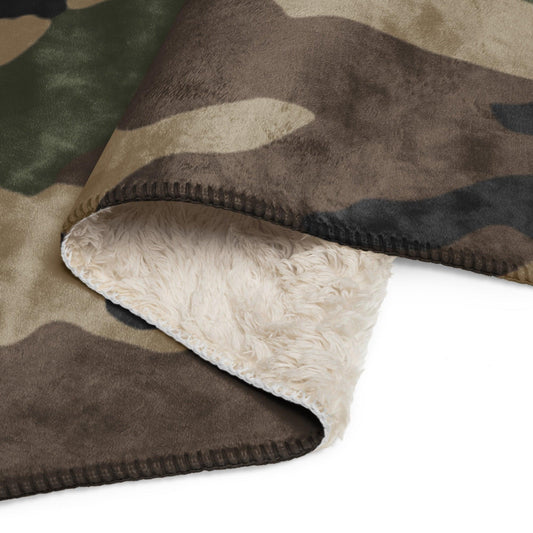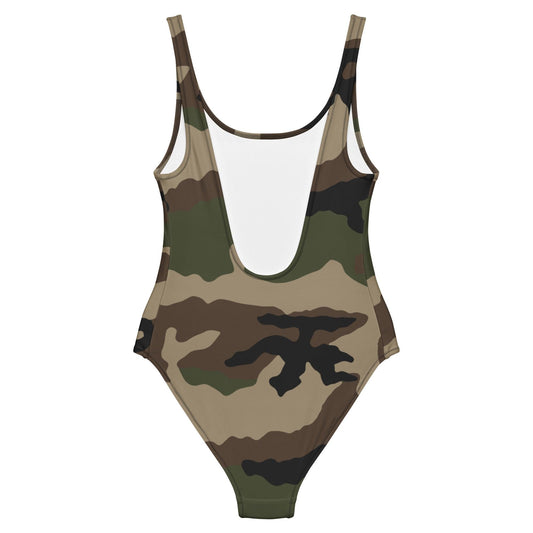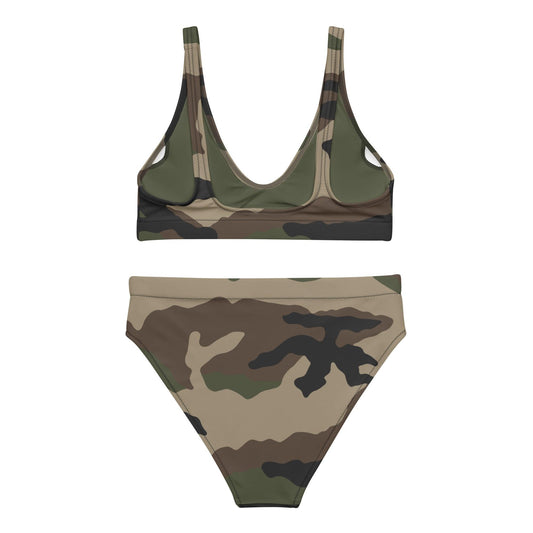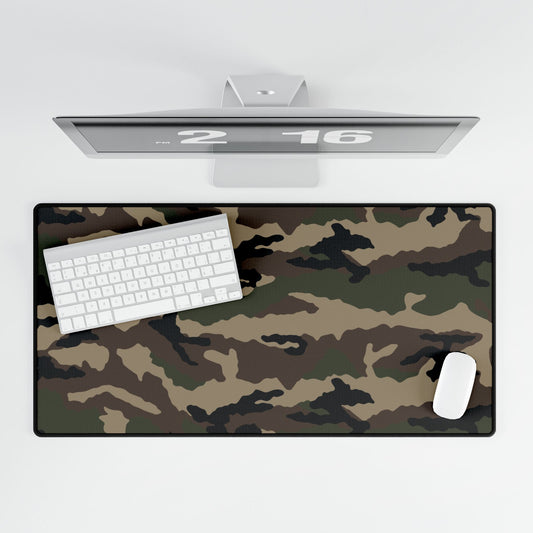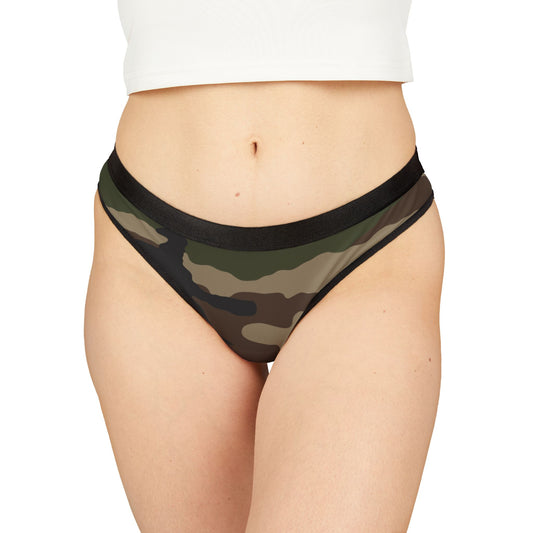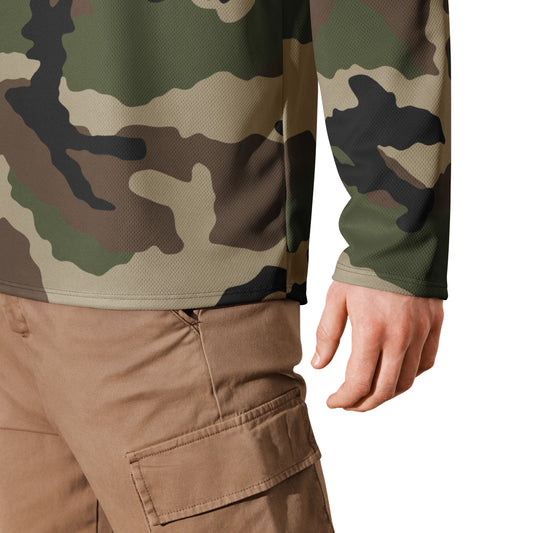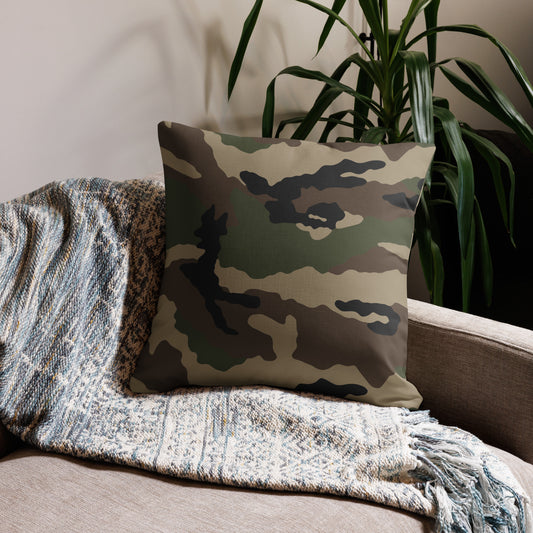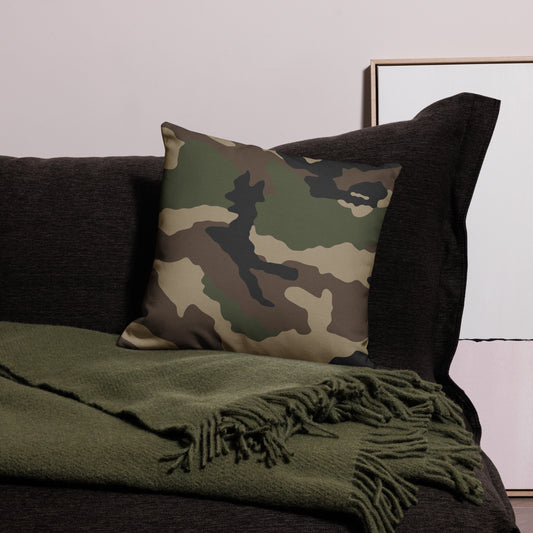As the French military continued to modernize its equipment, the limitations of the CCE pattern became more apparent. In 2020, as part of the “Scorpion” program, France began phasing out the CCE in favor of a new family of camouflage patterns. These updated designs are optimized for the demands of modern combat, including digital warfare, urban operations, and global deployments across diverse terrains. The shift represents a broader trend toward digital and multi-environment camouflage systems that prioritize flexibility over specificity. Despite this transition, CCE remains a widely recognized and iconic camouflage, marking a significant chapter in the evolution of military design. Beyond military use, CCE has gained popularity in the civilian market. Outdoor enthusiasts, hunters, airsoft players, and collectors of military surplus have embraced the pattern for its durability and practical concealment. Retailers offer a range of CCE-patterned gear, including tactical vests, combat trousers, field jackets, and hiking backpacks, making it accessible to a broader audience. Its distinctive look and proven effectiveness in wooded settings have ensured its ongoing relevance even as it is gradually retired from active military service. As one of the most recognizable European camouflage patterns of the late 20th century, CCE stands as both a functional and historical milestone in camouflage design.
The colors in the CCE pattern are specifically calibrated to the region’s unique environmental conditions, setting it apart from M81’s more globally versatile tones. Upon its adoption, CCE became the standard camouflage pattern across nearly all branches of the French military, including the Army, Navy, and Air Force ground units. Its versatility allowed it to perform effectively in training scenarios, peacekeeping operations, and combat deployments in various regions of Europe and beyond. While Austria also utilized the CCE design in limited capacities, most of its use has remained tied to the French military. The pattern’s strength lies in its ability to obscure the wearer in temperate woodland environments, but it also provides a reasonable degree of effectiveness in mixed terrains such as fields and shrublands. However, its adaptability to drastically different environments, such as deserts, arctic conditions, or urban areas, has been more limited.



